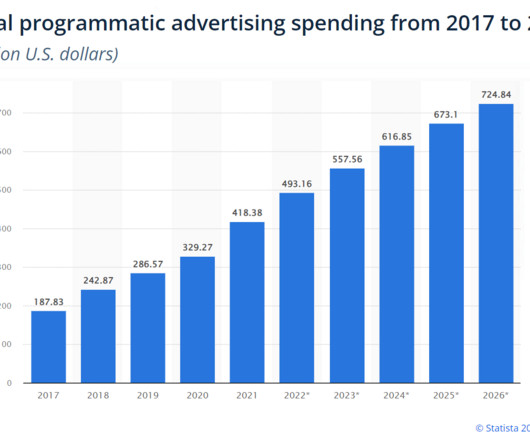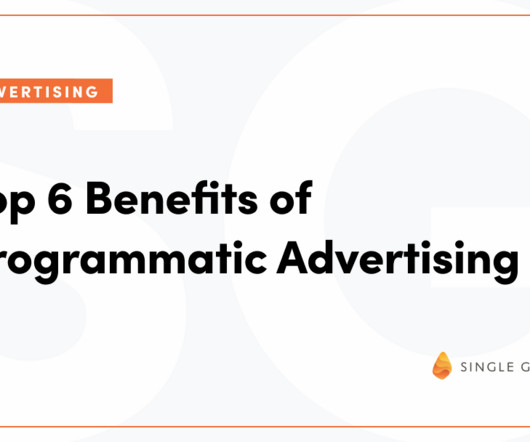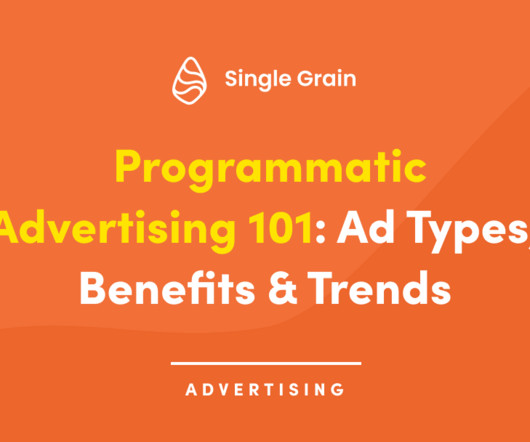Unveiling the Programmatic Advertising Ecosystem Without Third-Party Data
Smart-Hub
DECEMBER 8, 2023
A programmatic advertising framework is a technology stack that connects supply-side platforms (SSPs on the side of publishers) with demand-side platforms (DSPs on the side of advertisers) with each other through ad exchange. They buy an audience, not an ad space.











Let's personalize your content